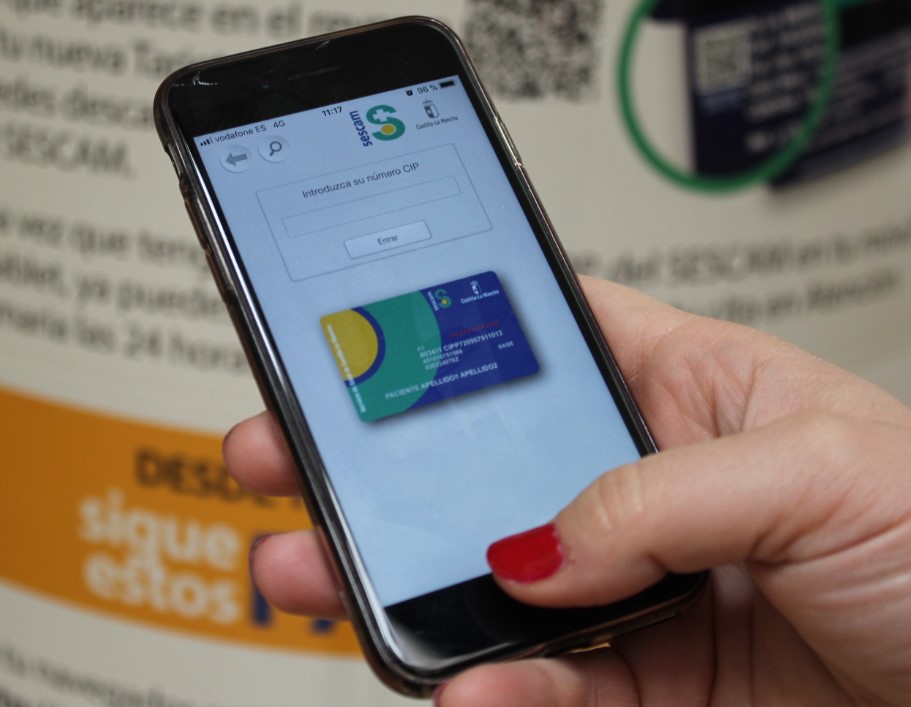Does 5G pose a health risk?


Right now you are reading these lines on the screen of your mobile phone, tablet or computer. For many years we have had access to a huge amount of information, and to do this, thousands of antennas flooded our surroundings with radiation. Does this pose a health risk? You’ve probably heard that it’s better to turn off your mobile phone or Wi-Fi while you sleep. You may have heard that living near an antenna causes cancer or that there are people who are particularly sensitive to radiation from these devices.

✔Alberto Najera Lopez, University of Castilla-La Mancha


It is normal to be afraid of what we cannot see or perceive, but we know that it exists. For this reason, the Scientific Advisory Committee on Radiofrequency and Health (CCARS) reviews the scientific evidence every few years to ensure the safety of these technologies.
Let’s look at what they found in the latest report released recently, the seventh since 2008.

25 years of evidence research
Since 1999, when the committee was formed, a group of independent scientists has examined the available evidence. At approximately two to three year intervals, the reports provide answers to questions such as whether we can live together and use our mobile devices in peace.
Each introduction of a new generation of telephony re-opened controversy and doubt. The latest of them, 5G, turned out to be no less. Because its rollout coincided with Covid-19, it was accompanied by all sorts of hoaxes, some as absurd as that it was spreading the pandemic or that vaccines would allow them to be controlled remotely.
The committee reviewed all evidence published in scientific journals between 2020 and 2022. This is normal and positive in science, where changes in knowledge can change what was previously established. This is why we must systematically and periodically review all this new information and be attentive.
How to Avoid Confirmation Bias
When studying the possible effects of these radiations on human health, it is important to consider different approaches and issues.
On the one hand, it is important to be sure that the level of radiation we receive does not exceed the limits set by international agencies. These bodies include the International Commission on Non-Ionizing Radiation Protection (ICNIRP) and the US Food and Drug Administration (FDA).
If various studies confirm that the layers are safe despite the 5G network rollout, we will be able to review laboratory studies exploring possible interaction mechanisms.
The next approach would be to look for evidence of possible causality in population-scale epidemiological series. If we detect an increase in a particular pathology coinciding with the launch of this new technology, we may become suspicious.
Another important aspect analyzed was risk perception: what the population perceives in the presence of these antennas or in the face of the introduction of these new technologies.
The review of scientific information must be objective. We can’t continue with studies that say what we want. This is known as “confirmation bias” or cherry picking, and we must avoid this. Science has methodologies that make it possible to minimize this subjective effect as much as possible.
For this reason, this latest report is based in part on an information retrieval methodology: a systematic review. To do this, we used the PRISMA methodology, an international standard that allows any researcher to reproduce the search.
Evidence of peace of mind
We review over 200 scientific articles that allow us to send a message of peace of mind:
- None of the sections support a possible link between exposure to these radiations and cancer at normal levels of radiation.
- It also does not allow us to say that the hypersensitivity that some people report, even with apparently objective symptoms, is due to these emissions, but rather is a nocebo effect.
- There is no clear evidence of a possible effect on male fertility.
- There are no convincing studies showing the connection of these radiations with changes in the development of the fetus or, subsequently, in children.
- We also found no evidence that exposure to these radiations affects sleep or headaches. These symptoms are very subjective and can be caused by many intersecting factors, including anxiety about the existence of this relationship.
These results are consistent with other international reports that find no link between exposure to these radiations and human health.
Moreover, despite the widespread adoption of 5G, radiation levels have not increased significantly, at least for now.
Message of Peace
On the other hand, laboratory studies can be alarming. They are carried out under strictly controlled conditions and are sometimes so specific that some results cannot be independently reproduced, producing conflicting results or even showing beneficial effects. There is great debate about this work because it is carried out in conditions far removed from those we encounter in our daily lives, making it difficult to generalize to the population.
As for risk perception, it is influenced by subjective and psychological factors, as well as gender and level of education. This will allow communication strategies to be developed based on scientific evidence.
The latest CCARS report provides stronger and more current evidence consistent with that collected in previous reports. We can send a message of peace of mind: under normal conditions, there is no evidence that these emissions have an impact on human health.
Alberto Najera Lopez, Professor of Radiology and Physical Medicine at the Faculty of Medicine of Albacete. coordinator of the department of scientific culture and innovation (UCLMdivulga), University of Castilla La Mancha
This article was originally published on The Conversation. Read the original.
![]()
